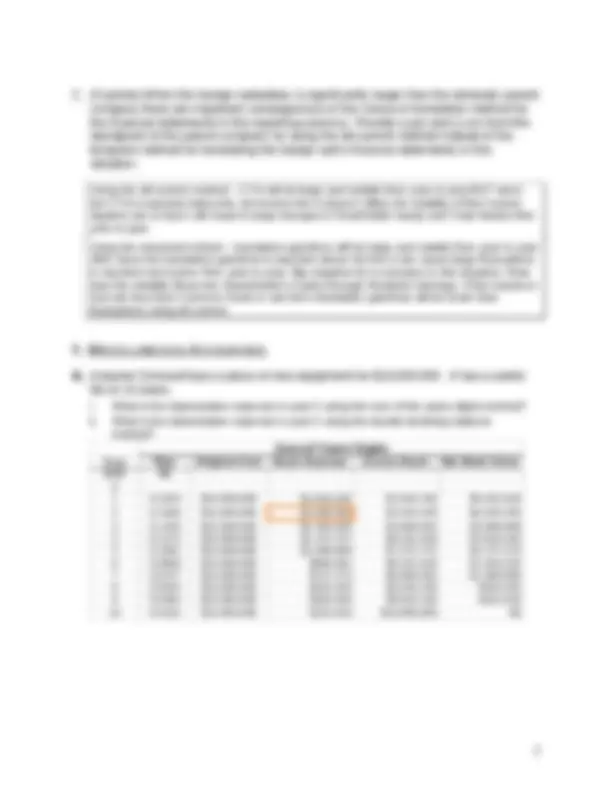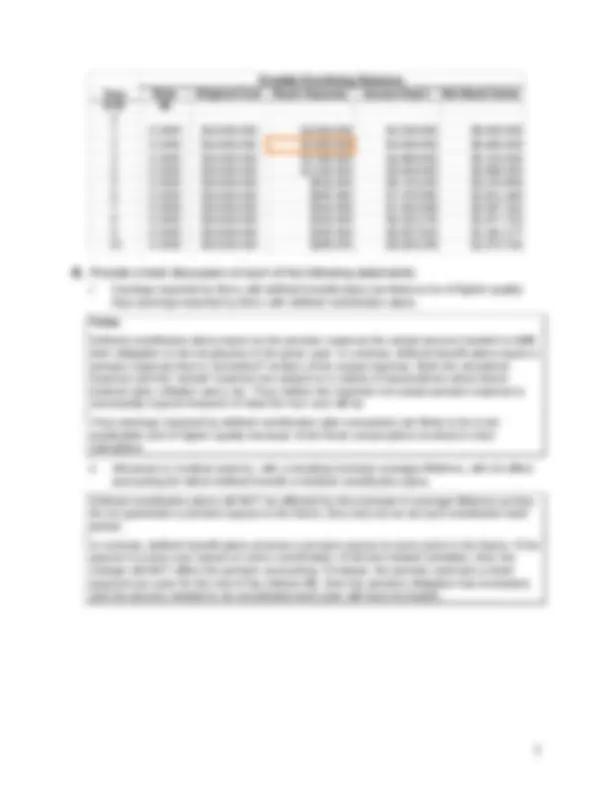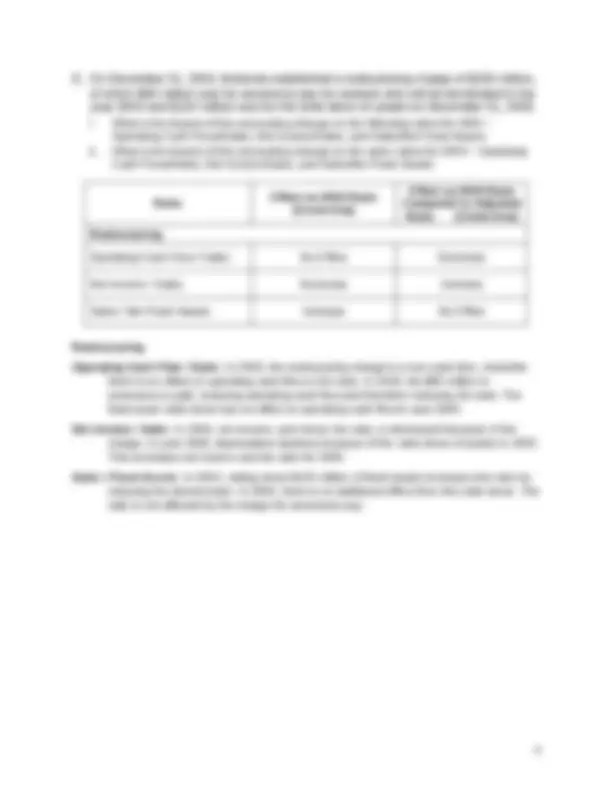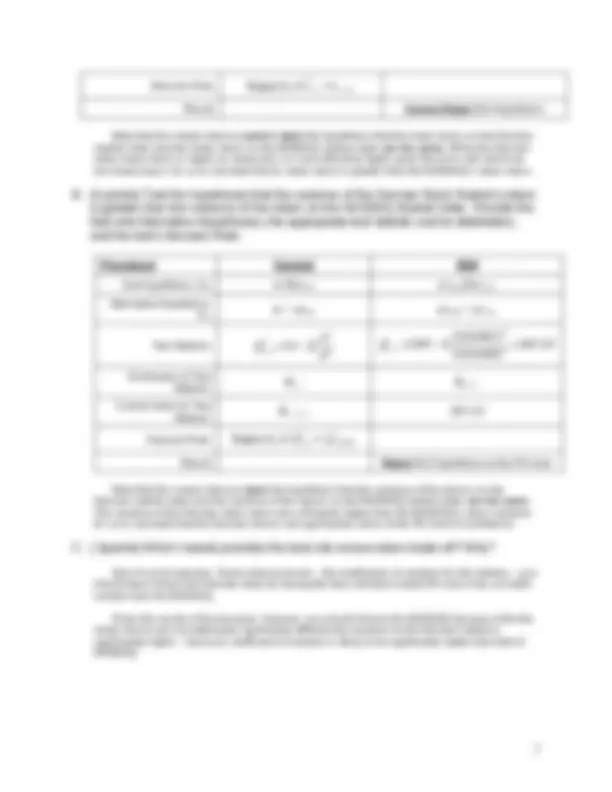






Study with the several resources on Docsity

Earn points by helping other students or get them with a premium plan


Prepare for your exams
Study with the several resources on Docsity

Earn points to download
Earn points by helping other students or get them with a premium plan
Community
Ask the community for help and clear up your study doubts
Discover the best universities in your country according to Docsity users
Free resources
Download our free guides on studying techniques, anxiety management strategies, and thesis advice from Docsity tutors
Material Type: Exam; Class: Equity Valuation; Subject: Economics; University: University of San Francisco (CA); Term: Fall 2003;
Typology: Exams
1 / 8

This page cannot be seen from the preview
Don't miss anything!





Income Statement 2002 2003 2003 2003 Revenue $474 $598 1.25 $478.40 1.25 $478. Depreciation (20) (23) 1.25 (18.40) 1.38 (16.67) Other operating costs (368) (460) 1.25 (368.00) 1.25 (368.00) Admin costs (16) (19) 1.25 (15.20) 1.25 (15.20) Income before taxes 70 96 76.80 78. Taxes (26) (35) 1.25 (28.00) 1.25 (28.00) Net income $44 $61 $48.80 $50. Translation Gain/Loss CTA 36.75 (1.43) NI after Translation Gain/Loss 85.55 49. Dividends 18 24 1.25 19.20 1.25 19. Balance Sheet 2002 2003 2003 2003 Current assets 201 187 1.20 155.83 1.20 155. Net property, plant & equip. 474 569 1.20 474.17 1.38 412. Total Assets $675 $756 $630.00 $568. Current liabilities 127 210 1.20 175.00 1.20 175. Long-term debt 112 65 1.20 54.17 1.20 54. Total Liabilities 239 275 $229.17 $229. Shareholders Equity 436 481 Equity 327.82 Equity 327. R/E 66.35 394.17 R/E 29.90 357. Total liabilities and equity $675 $756 $623.33 $586.
c
8. RISK AND RETURN AROUND THE WORLD
Mean Returns -0.00087 0.00136 0.00083 -0. Std. Deviation 0.03044 0.01457 0.01185 0. Sample Mean Std. Deviation 0.00177 0.00085 0.00069 0. Coef. Of Variation -34.86560 10.70948 14.23792 -14.
GER GER NAS n r
Test Statistic: (^) 2 2
^ ^ ^ ^ 2 2 1 2
2 2